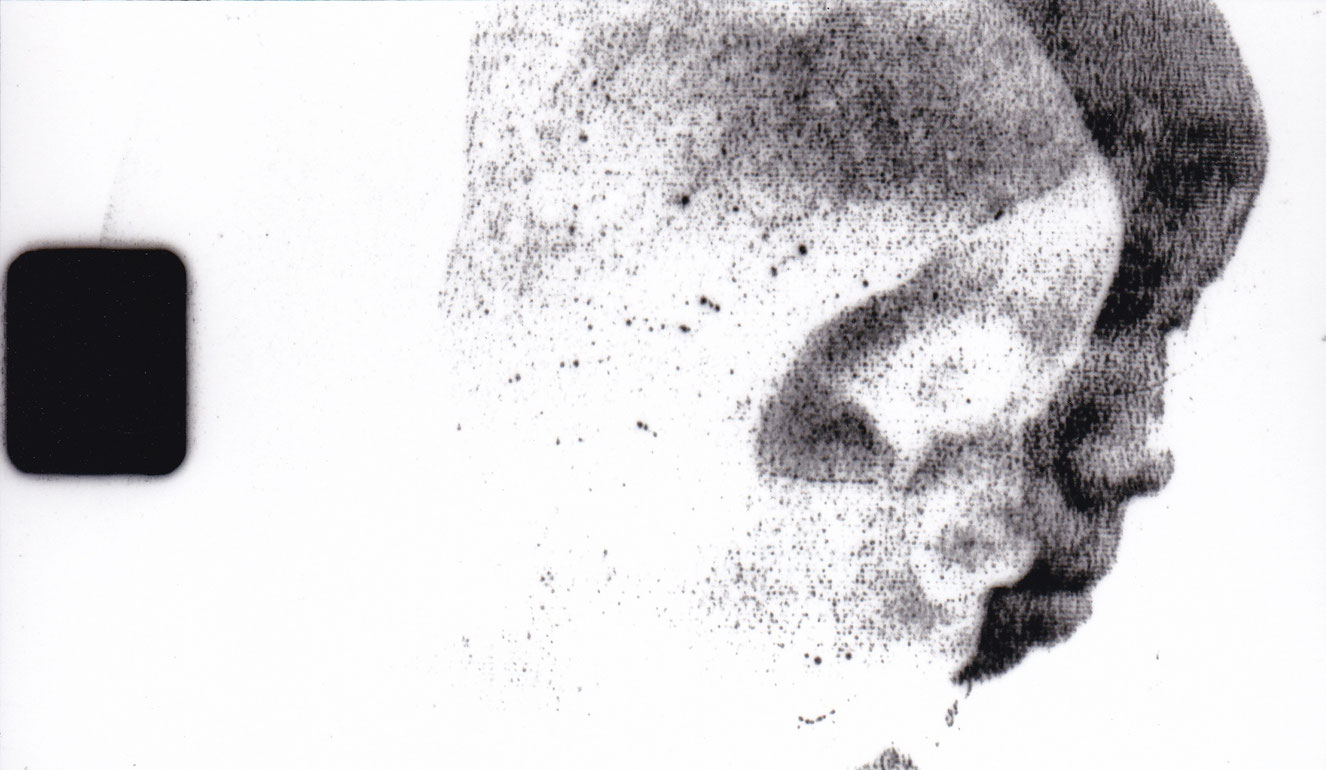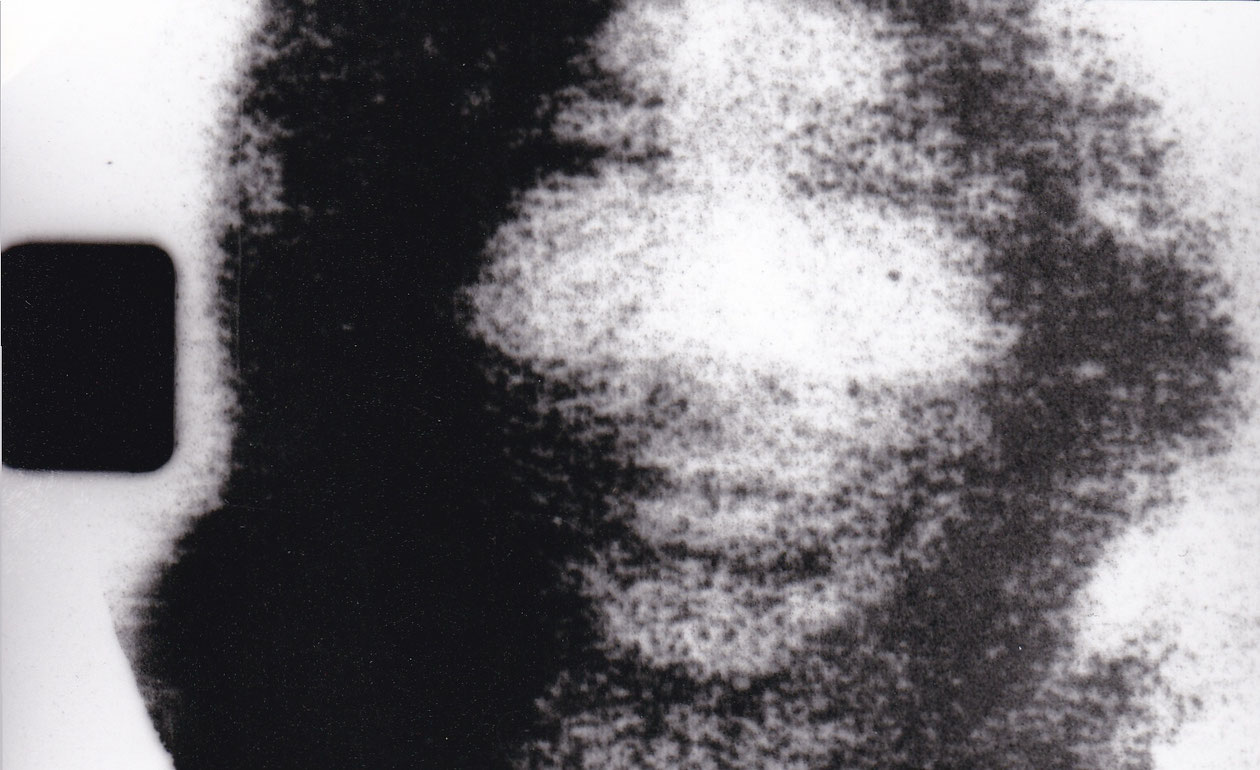Indiana
The raw material for this film is a collection of photos taken by a Franciscan monk in the Brazilian jungle. The monk who decided in the 1930s to become a missionary was the great uncle of the filmmaker. Of his photographic passion only a fragmentary remainder has survived - some seventy black and white slides and about the same number of negatives. All these pictures posses document character - a compilation of information about Brazil. They show, referring to the realistic depiction alone, landscapes, objects, buildings and, not least in the list, people.
Alongside this interest in the material aspect of the medium of film, Indiana has also a narrative structure which may be recounted more or less like this: you come to an Indian hut, you go in and come out again and find yourself back in a landscape in which you meet various people. Indigenous hunters, white men (some in monks habit), Indian women and children. The colonial aspect to the pictures becomes blatantly obvious when Keip confronts the images of the Indians with those of the whites. While the hobby ethnologist portrays his colleagues standing upright and from the front (something we know from holiday snapshots), the indigenous people are presented from various perspectives and thus degraded to objects of study.
Indiana works towards this original meaning using, in part, film techniques which were used in the early period of the medium. What is resurrected from the missionary´s photographs is a newer, wilder jungle, a thicket of light and shadow which forces us to retreat to its surface.
(Gabriele Jutz)
Indiana
1996
Austria
4 min



